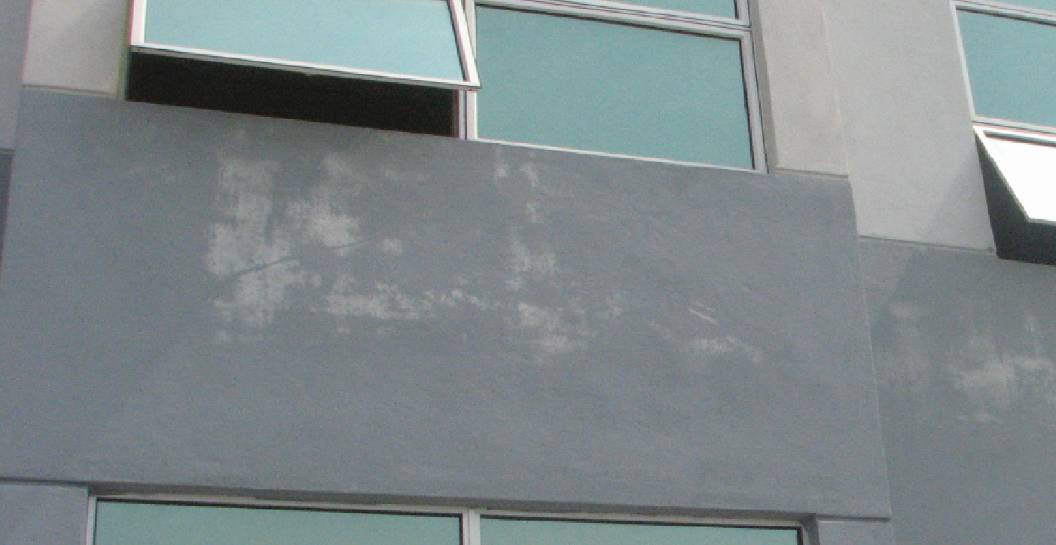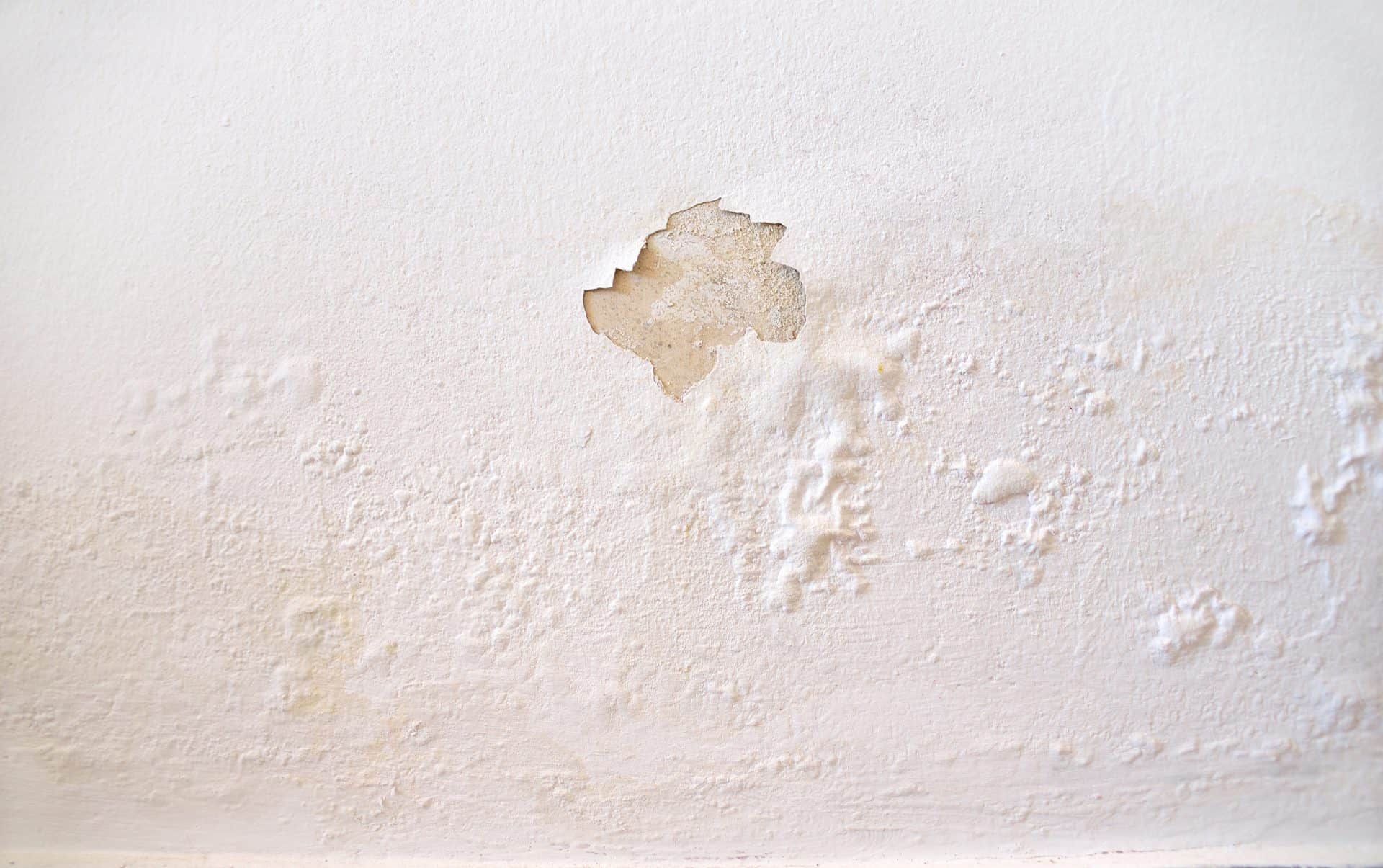Features of problem
To have perfect properties and protect the surface, Painting system have to start with 1 coat of primer paint and 2 coats of topcoat paint, but when painting on the cement surface, it was found that the paint could not completely cover the surface. can still see the original ground Have to reapply 1-2 more times than usual, causing problems that follow, whether it’s in terms of the colour film may peel off
Causes
Many reasons for the poor hiding problem are as follows:
1. The used paint are of low quality that provides poor covering of the surface. The painter works the wrong way which may put the solvent in the wrong ratio. When mixing more solvent than specified by the manufacturer, it will cause the paint to have the ability to cover the surface to be reduced or diluted. Using the wrong type of equipment, such as using a short-haired roller that has less paint release make the paint too thin, need to roll several times. Rolling the paint with the roller makes the paint thin and not cover the surface.
2. Paint cross-step without primer paint (white texture) that helps saving the topcoat paint (new surface case).
3. In case of using the paint that is a fresh shade, dark colours mixed with organic pigments that naturally have low surface coverage, such as bright reds, bright yellows and D-based dark shades, which contain less titanium powder (Titanium powder helps covering the surface)
4. Cement surfaces have more colour absorption than usual, such as brick blocks, mortar. At the first coat of paint, the surface will absorb more paint than usual.
5. For repainting of renovating, it must be painted over dark shades of old paint, old surfaces or old paints with shades darker than the overcoat, such as cream or yellow painted over grays or browns.
How to solve
1. Prepare the surface. The surface must be clean and dry, free from dust and grease.
2. Mix the solvent according to the ratio as specified by the manufacturer on the side of the product container. If the topcoat is a dark shade, add a middle coat by painting the same tone but lighter shade for 1 coat. Then, topcoat with 2 coats of the desired shade of topcoat.
3. The surface before painting must be clean and completely dry. If following Nippon Paint standards, the moisture content is not more than 6% by Kett model HI-520 or not more than 14% by Protimeter Mini and not more than pH 8.
4. The surface must not have cracks. If any, cracks must be repaired with quality material prior to coating. Where cracks are less than 2 mm in size, cracks are repaired with Nippon Paint Vinilex Wall Putty. For cracks larger than 2 mm, fill with Terracryl.
5. Paint 1 coat of new cement primer and 1 coat of Primer paint of Nippon Paint 5100 Wall Sealer.
6. Recommended exterior colour system: 1 coat of Nippon Paint Weatherbond Light shade (medium coat) and 2 coats of Dark shade (selected topcoat).
7. Recommended colour system for interior: 1 coat of Nippon Paint Weatherbond Light shade (medium coat) and 2 coats of Dark shade (selected topcoat).
8. Paint using Polyester roller for acrylic water-based paint by rolling in roller release style.
How to prevent
Factors in choosing paint colours for the house are not only choosing the colour we like but we should also have a proper planning of the paint system to control the amount of paint, duration, cost for good covering, and long durability without problem. The high-quality paint should be chosen and paint work should follow the specified standards. If the chosen paint is a dark shade, it is important to consider mixing the solvent in the ratio specified by the manufacturer on the side of the product container. It is also recommended to paint by using Polyester roller for acrylic water-based paint by rolling in roller release style.
If the topcoat is a dark shade, add a middle coat by painting the same tone but lighter shade for 1 coat. Then, topcoat with 2 coats of the desired shade.
In case of surface that absorbs paint well or use of lower grade paint, it is recommended to mix with less water than general paint. The colour will have more intense texture and will be less absorbed by the surface.




















